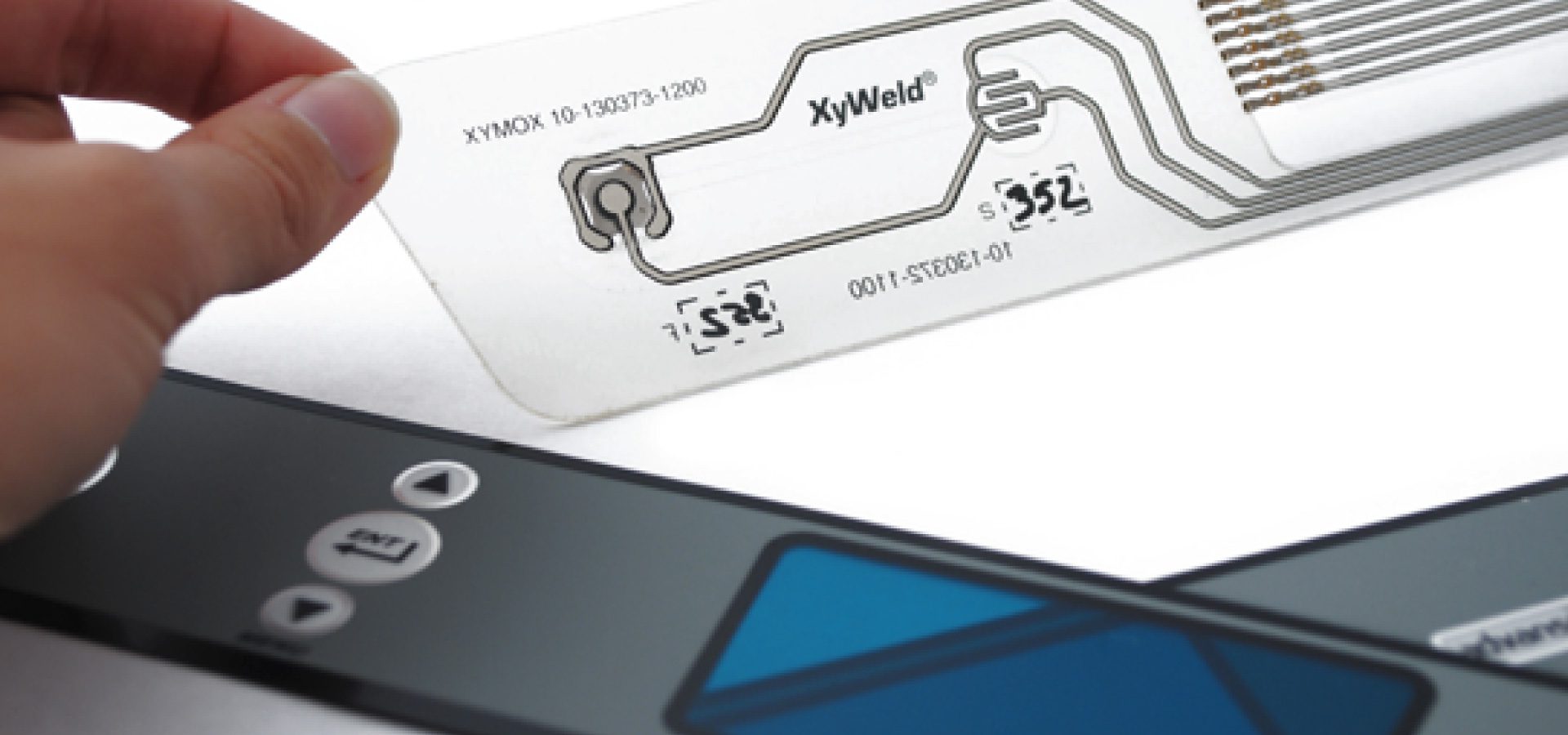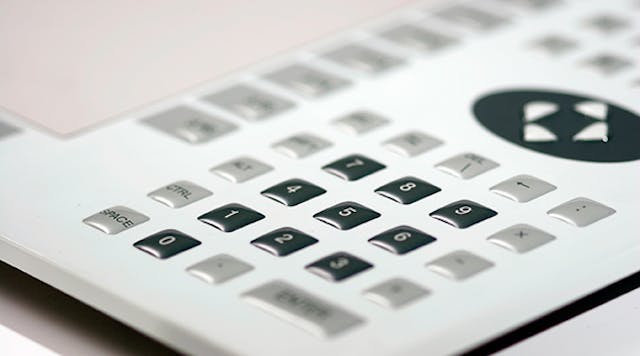Membrane Switches vs. Traditional Switches: What You Need to Know
Membrane Switches vs. Traditional Switches: What You Need to Know
Blog Article
Comprehending the Significance of Membrane Switches in Individual Interfaces
Membrane buttons are indispensable elements in the design of efficient individual interfaces, promoting not only capability yet likewise improving aesthetic allure and customer interaction. As we discover the future fads and various benefits associated with Membrane technology, it ends up being clear that these switches are more than simply elements; they represent a merging of advancement and usefulness.
What Are Membrane Switches?

The spacer layer, which consists of sticky properties, permits the splitting up of the circuit layer from the overlay, making sure that the switch stays in a non-activated state up until pushed. When stress is applied to the overlay, it presses the spacer layer, connecting the space and completing the circuit in the underlying layer. This style not only lowers the physical room needed for conventional mechanical buttons however likewise enhances the resilience of the device, as Membrane switches are generally immune to dust, wetness, and other ecological variables.
Frequently found in applications ranging from customer electronics to clinical gadgets, Membrane switches are important to modern-day innovation, offering a straightforward and efficient interface that straightens with modern style requirements.
Advantages of Membrane Switches
While countless switch innovations exist, Membrane Switches deal distinct advantages that make them specifically preferable in various applications. One of the key benefits of Membrane buttons is their small layout, which permits space-saving implementations in devices where property is restricted. Their slim profile not just improves visual appeal yet also facilitates light-weight building.
One more significant benefit is their resistance to ecological factors. Membrane switches are commonly secured versus wetness, dust, and impurities, making them suitable for usage sought after settings, such as medical gadgets and commercial tools. This sturdiness prolongs the life-span of the button, decreasing maintenance costs and boosting reliability.
Furthermore, Membrane switches can be customized to fulfill particular style requirements, integrating special graphics and shades that improve customer communication. Their responsive comments alternatives can also be tailored to give an enjoyable individual experience. Furthermore, Membrane buttons are affordable, specifically in high-volume applications, as they can be produced effectively.
Applications in Numerous Industries

In the consumer electronics market, Membrane buttons prevail in devices such as microwaves, washing machines, and push-button controls. Their tactile feedback and visual alternatives improve customer experience while supplying a sleek, contemporary appearance. Additionally, automobile makers use Membrane buttons in control panel controls and infomercial systems, where room is restricted, and individual interaction is essential.
In addition, the commercial sector leverages Membrane buttons in control panels for machinery and tools, enabling intuitive procedure in frequently rough environments. Their resistance to chemicals and dampness ensures longevity and integrity in these applications. On the whole, the adaptability Homepage of Membrane Switches contributes considerably to their extensive use, making them indispensable in different technical domain names.
Style Factors To Consider for Membrane Buttons

When making Membrane switches, numerous essential factors to consider need to be considered to guarantee optimum capability and user experience. The choice of materials is essential; selecting durable, top quality substratums can boost the switch's longevity and resistance to ecological factors such as dampness and temperature level fluctuations.
Secondly, the design of the visuals overlay need to focus on quality and simplicity of usage. Symbols and text need to be readable, and the visit here layout must facilitate user-friendly communication (membrane switches). In addition, responsive responses is important; integrating a tactile dome or other devices can improve the user experience by supplying physical verification of activation
Another important variable is the switch's electrical performance. Designers must ensure that the conductive traces are correctly designed to decrease resistance and prevent signal interference. This entails assessing the called for actuation pressure and making certain compatibility with the digital parts they will certainly interface with.

Future Patterns in Membrane Modern Technology
As innovation proceeds to development, Membrane buttons are positioned to progress dramatically, driven by developments in materials and manufacturing techniques. One arising fad their website is the consolidation of sophisticated materials, such as flexible substratums and conductive inks, which boost sturdiness and minimize the general weight of Membrane buttons. These materials not just boost the tactile reaction however additionally enable the style of buttons that can withstand harsher ecological problems.
In addition, the integration of touch-sensitive innovations is changing typical Membrane Switches into even more interactive interface. Capacitive touch sensing units embedded within Membrane button panels can give a more responsive and user-friendly customer experience, straightening with the expanding need for sleek, modern designs in consumer electronics.
Furthermore, improvements in printing methods, such as electronic and 3D printing, allow quick prototyping and modification of Membrane buttons. This versatility allows makers to respond faster to market demands and customer preferences.
Finally, sustainability is coming to be a significant emphasis, with manufacturers exploring eco-friendly materials and procedures. As these fads unravel, the future of Membrane technology promises enhanced capability, visual charm, and environmental obligation, strengthening their role in sophisticated interface across numerous sectors.
Final Thought
Finally, Membrane Switches represent an important component in the layout of interface, integrating performance with visual flexibility. Their advantages, including sturdiness and resistance to ecological variables, make them suitable for varied applications throughout various sectors. Thoughtful style considerations enhance customer communication and experience. As innovations in innovation proceed, the evolution of Membrane buttons is expected to further refine interface, driving advancement and enhancing usability in a progressively complex technical landscape.
Membrane buttons are essential parts in the layout of effective user interfaces, helping with not only capability but additionally enhancing aesthetic charm and customer communication.Membrane Switches offer as a vital part in different user interfaces, facilitating a seamless interaction between customers and electronic gadgets.While countless switch modern technologies exist, Membrane Switches deal distinct advantages that make them particularly desirable in various applications.Additionally, Membrane switches can be personalized to meet particular design needs, incorporating distinct graphics and colors that boost user communication.In conclusion, Membrane Switches stand for a crucial part in the style of user interfaces, combining functionality with visual flexibility.
Report this page